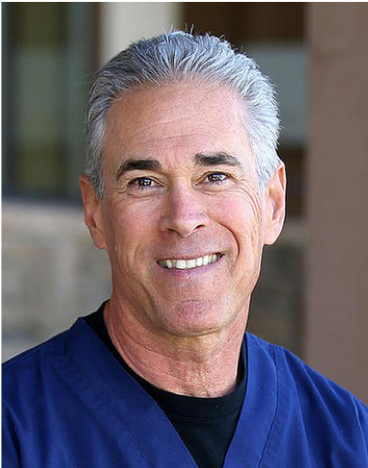What Causes Tinea Versicolor?
Tinea Versicolor is a harmless skin disorder caused by a yeast-like organism living on normal skin. Usually, this yeast, which all of us have on our skin, grows sparsely and is not visible. In some individuals, for unknown reasons, it grows more actively. This causes the slightly scaling patches on the trunk, neck, or arms known as Tinea Versicolor is a pink to coppery tan rash. On tanned skin, the Tinea Versicolor patches are lighter, since tanning doesn’t occur in the rash areas. The failure to tan is temporary; the skin tans normally within a few months after the rash has cleared up.
Tinea Versicolor is not contagious. It is more common in hot, humid climates and often comes back in the summertime.
Treatment
While many treatments will temporarily clear Tinea Versicolor, we do not have a permanent cure. Tinea Versicolor, being caused by a normal skin inhabitant, tends to recur. When your Tinea Versicolor recurs, repeat the treatment you have found to succeed before. We’ll describe a number of different treatments, since more than one approach may be necessary. Each of the following treatments will clear more than 90 percent of cases of Tinea Versicolor.
Shampoos
Use one of the shampoos listed on the next page according to the instructions in A or B, whichever you prefer.
- Apply the shampoo to wet skin from the ear lobes to the knees and wrists with a scrub brush or pad (e.g. Buf Puf) at bedtime. Let it dry. Sleep with it on overnight for one night. In the morning, shower off the shampoo. In addition, shampoo the scalp and beard for five minutes with the same shampoo.
- Apply the shampoo to wet skin from the ear lobes to the knees and wrists with a scrub brush or pad (e.g. Buf Puf) at bedtime. Allow the shampoo to remain o the skin for ten minutes followed by shampooing the scalp and beard and rinsing the skin. Repeat daily for 10-14 days.
Use the shampoo recommended by your doctor:
- Selenium sulfide shampoos are very effective treatment. Sells and Excel are strong selenium sulfide shampoos available only by prescription. Selsun Blue is a weaker selenium sulfide shampoo that will work, although it may possible be less effective.
- Zinc pyrithione shampoos (Head & Shoulders, DHS Zinc, sebulon, TVC-2, and others) are probably equally effective. All of these are available without a prescription.
3. Nizoral shampoo is effective and is available by prescription.
Other Creams:
Anti-fungal/anti-yeast creams containing miconazole (Micatin) or clotrimazole (Lotrimin) may be bought without a prescription. They are not ore effective than the above shampoos and are more expensive. They may be a reasonable option if only a very small area is affected.
Oral Medication
Ketoconazole pills are effective. This treatment is usually reserved for cases with very widespread involvement and requires a prescription.
When is re-treatment necessary?
Even after apparent eradication of the yeast-like organisms, increased or decreased pigmentation of the skin may persist for several moths. This will resolve spontaneously and does not mean re-treatment is needed.
However, if you note new scale or raised areas appearing, treatment should be repeated. Many people require repeated courses of treatment, especially during the summer months. This occurs regardless of which initial therapy was used.
How Can I Prevent Recurrence?
Most people can prevent recurrences by one monthly thirty-minute application of one of the shampoos as described above. If this is insufficient, you may need more frequent treatments or monthly overnight treatments. Some people will need to do this all year, but most will need such treatments only in the summer.
©2011 Park City Dermatology. Last updated March 24, 2011
